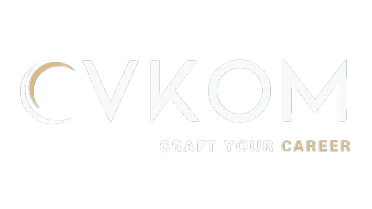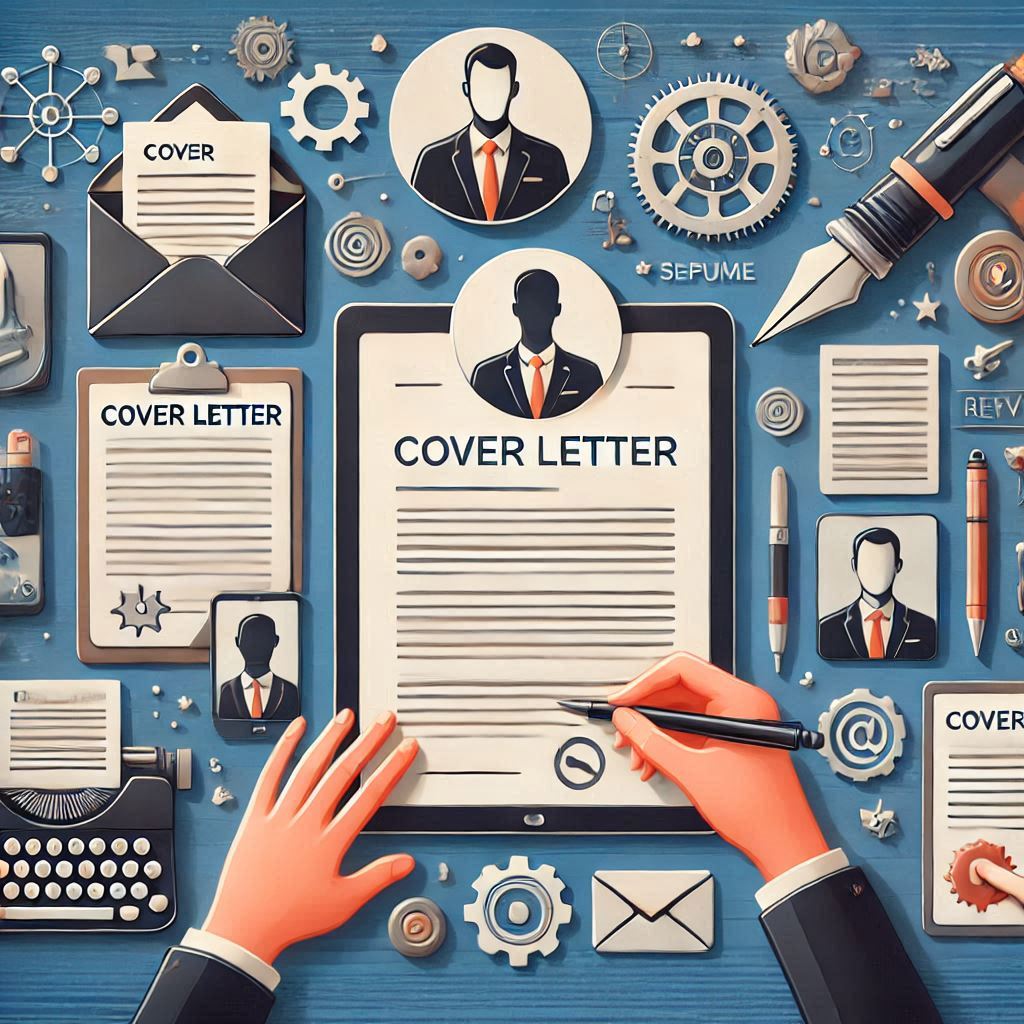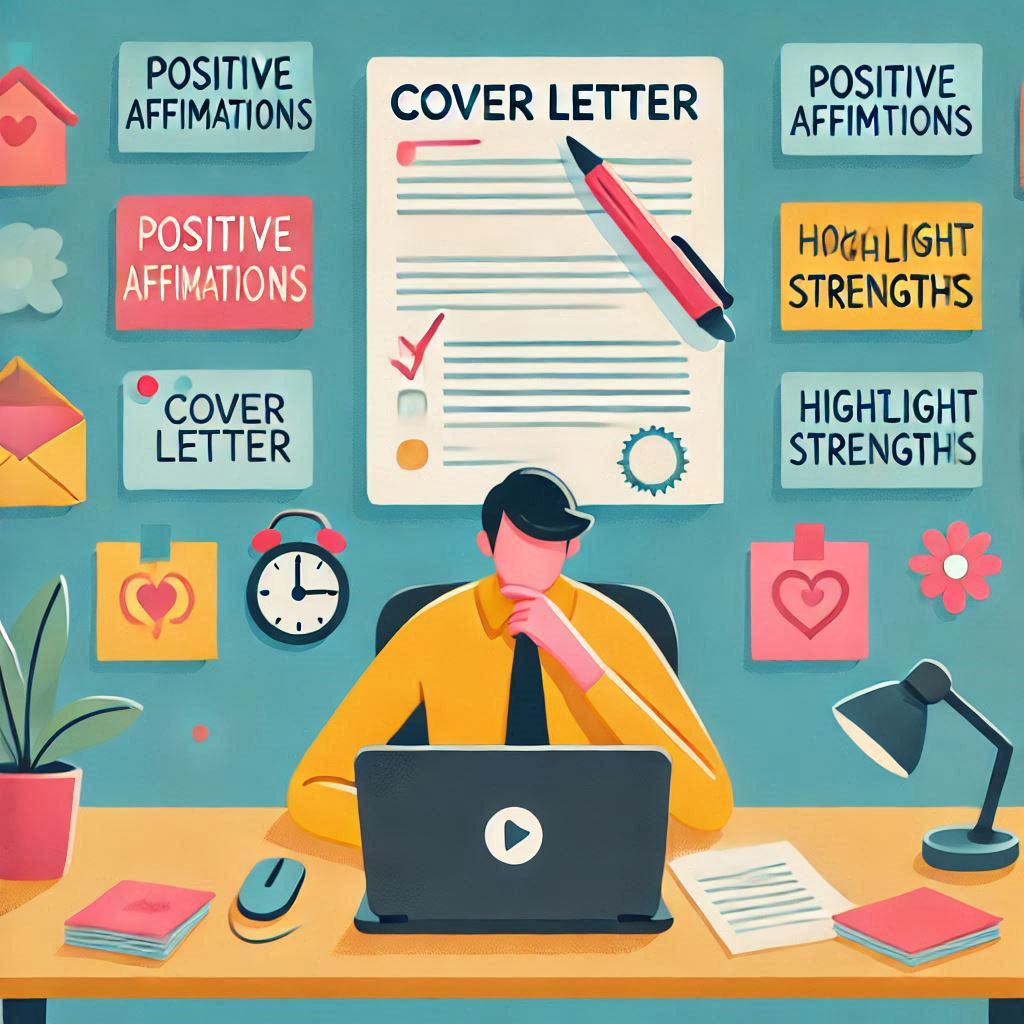Create a Visually Appealing Application:
- Match Fonts & Colors: Ensure consistency between your resume and cover letter.
- Maintain Consistent Formatting: Use the same margins, spacing, and headings.
- Incorporate Subtle Design Elements: Use matching lines, colors, or logos.
CVKOM helps you create a visually impressive application that stands out.
Visit CVKOM today and start your job search!
Tips for
Aligning Your Cover Letter with Your Resume Design
When applying for a job, presenting
a cohesive and professional application is essential. Aligning your cover
letter with your resume design demonstrates attention to detail, consistency,
and professionalism. At CVKOM, we help job seekers craft visually
appealing and well-aligned documents that leave a lasting impression on hiring
managers. Here are practical tips for ensuring your cover letter aligns with
your resume design.
1.
Use the Same Header for Both Documents
Consistency in the header across your cover letter and resume creates a professional and unified look. This
includes your name, contact information, and any other relevant details.
Tips:
- Use the same font, size, and formatting for the header.
- Include matching personal branding elements, like a
logo or tagline, if applicable.
Example:
If your resume header includes your name in bold and a specific font, replicate
the exact style in your cover letter.
2.
Match Fonts and Font Sizes
Using the same font style and size
in your cover letter and resume ensures a cohesive appearance. Avoid using too
many font styles, which can make your application look disorganized.
Recommendations:
- Fonts: Use professional fonts like Calibri, Arial,
Times New Roman, or Garamond.
- Font Size: Use 10–12 points for the body text and
slightly larger for headings (14–16 points).
Example:
If your resume uses Calibri, size 11, for the text, your cover letter should
use the same font and size.
3.
Align Color Schemes
If your resume design includes a color scheme, apply the same colors to your cover letter. Use these colors
sparingly to maintain a professional tone.
Tips:
- Use accent colors for headings, borders, or your name.
- Avoid overly bright or distracting colors.
Example:
If your resume uses navy blue for section headers, use the same color for the
header or headings in your cover letter.
4.
Use Consistent Margins and Spacing
Ensure the margins and spacing in
your cover letter match those of your resume. Consistent formatting creates a
clean and professional layout.
Tips:
- Set margins to 1 inch on all sides or match your
resume’s margins.
- Use consistent line spacing (single or 1.15 spacing)
across both documents.
5.
Incorporate Design Elements
If your resume includes specific design elements, such as lines, icons, or graphics, incorporate subtle versions
of these in your cover letter.
Examples:
- Add a horizontal line below your header, similar to
your resume.
- Use matching bullet points or symbols if you list
skills or achievements in your cover letter.
6.
Match Section Headings
If your resume uses specific section
headings (e.g., “Professional Experience” or “Education”), align the headings
in your cover letter. While the headings will naturally differ, such as
“Introduction” or “Closing,” the design and font style should be consistent.
7.
Keep the Layout Clean and Organized
A clean layout reflects professionalism and ensures readability. Avoid cluttered designs that make your
cover letter hard to read.
Tips:
- Use left alignment for text, as it’s easier to read.
- Avoid overly elaborate templates that distract from the
content.
8.
Reflect Your Personal Branding
If you’ve included personal branding
elements in your resume, such as a tagline, logo, or website link, incorporate
them into your cover letter.
Example:
If your resume includes a tagline like “Driving Innovative Marketing
Strategies,” place it subtly in your cover letter header or footer.
9.
Align Formatting Styles
Tips:
- Bold your name in both documents to make it stand out.
- Use italics consistently for job titles, company names,
or dates.
10.
Save Both Documents in the Same Format
Save your resume and cover letter in
the same file format (PDF is recommended) to preserve formatting and ensure
they appear professional when opened.
11.
Include Matching File Names
Use a consistent naming convention for your resume and cover letter files. This makes it easier for employers to
recognize your documents.
Example:
- Resume: JohnDoe_Resume.pdf
- Cover Letter: JohnDoe_CoverLetter.pdf
12.
Test How They Look Together
Before submitting your application,
review your cover letter and resume side by side. Ensure they appear visually
cohesive and complement each other.
Example
of a Well-Aligned Cover Letter
Header Example:
Match the header design from your resume.
[Your Name]
[Address] | [Phone Number] | [Email Address] | [LinkedIn Profile]
Cover Letter Content:
Dear [Hiring Manager's Name],
I am excited to apply for the
Marketing Specialist position at [Company Name]. With over five years of
experience crafting data-driven campaigns, I have consistently delivered
measurable results, including a 40% increase in engagement and a 25% boost in conversion
rates.
I admire [Company Name]’s innovative
approach to digital marketing and would be thrilled to bring my expertise in
SEO, social media strategy, and content creation to your team. My ability to
analyze data and translate insights into actionable strategies has been
instrumental in driving success in my previous roles.
Thank you for considering my
application. I look forward to the opportunity to discuss how my skills and
experiences align with the goals of [Company Name]. Please feel free to contact
me at your earliest convenience.
Sincerely,
[Your Name]
Ensure this cover letter design
aligns seamlessly with the resume design.
Common
Mistakes to Avoid
- Inconsistent Fonts:
Mixing fonts creates a disjointed appearance.
- Different Headers:
Using a different header in your cover letter disrupts the visual flow.
- Overcomplicating the Design: Keep the design clean and simple to maintain
professionalism.
- Neglecting Margins or Spacing: Misaligned margins make the application look
unpolished.
How
CVKOM Helps You Align Your Documents
At CVKOM, we provide tools to
help you create cohesive and professional cover letters and resumes:
- Matching Templates:
Choose templates designed to ensure consistency between your cover letter
and resume.
- Design Assistance:
Get expert recommendations for color schemes, fonts, and layouts.
- Proofreading Services: Ensure your documents are error-free and visually
polished.
Conclusion
Aligning your cover letter with your
resume design is a subtle yet powerful way to showcase your professionalism and
attention to detail. By maintaining consistency in fonts, colors, headers, and
layouts, you present a unified and visually appealing application. At CVKOM,
we’re here to help you create cohesive, standout documents that impress hiring
managers. Start designing your perfectly aligned cover letter and resume today!






